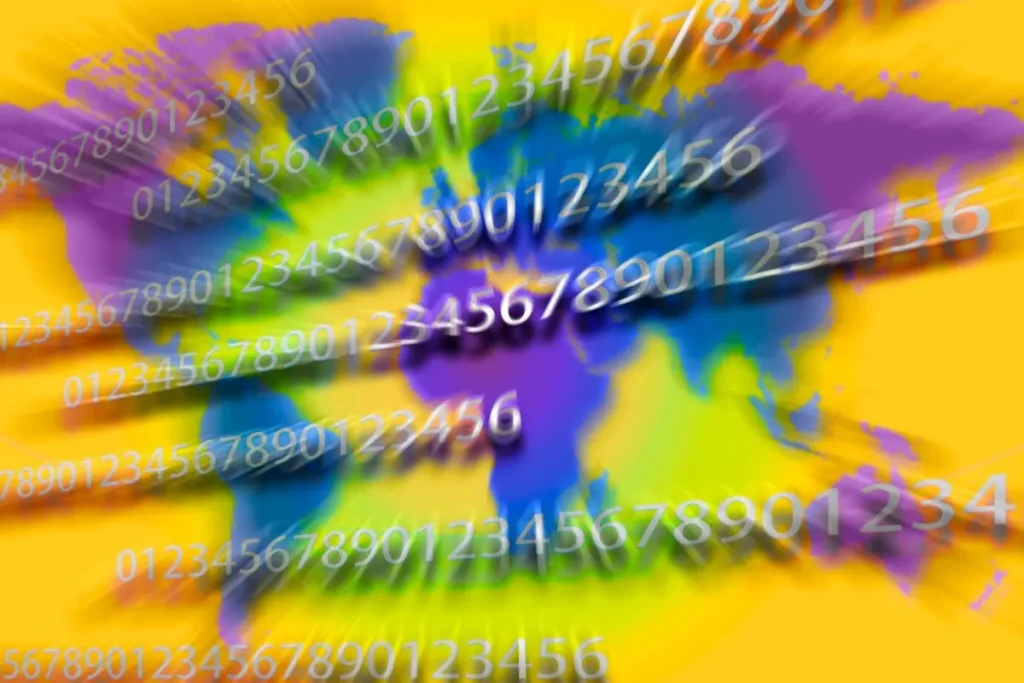Mathematical Techniques for Analyzing Gravitational Waves are vital in the advancement of astrophysics and general relativity. Recent discoveries in gravitational waves have revolutionized our understanding of the cosmos.
Mathematical techniques help decode the oscillations in space-time caused by these waves. Understanding these techniques can lead to breakthroughs in detecting and interpreting events in the universe.
This article explores the role of mathematical techniques in analyzing gravitational waves, their application in astrophysics, and the current research efforts in this field.
Understanding Gravitational Waves
The Nature of Gravitational Waves
Gravitational waves are ripples in the fabric of space-time, first predicted by Einstein’s theory of general relativity. These waves are generated by violent astrophysical events.
Events such as black hole mergers, neutron star collisions, and supernovae produce these waves. They propagate through space, carrying information about their origins.
Detecting these waves requires sophisticated instruments and advanced mathematical techniques for analyzing gravitational waves.
Impact on Physics and Astrophysics
The detection of gravitational waves has opened new avenues in physics and astrophysics. These waves offer a unique way to observe the universe, complementing traditional methods like electromagnetic observation.
Gravitational wave astronomy provides insights into the nature of gravity, the behavior of black holes, and the dynamic processes in the universe.
The study of these waves has already led to several groundbreaking discoveries, enhancing our understanding of space-time and leading to Nobel Prize-winning research.
Current Detection Technologies
Advanced detectors like LIGO (Laser Interferometer Gravitational-Wave Observatory) and Virgo are at the forefront of gravitational wave detection. These detectors use laser interferometry to measure the minute disturbances caused by passing waves.
Upcoming projects like LISA (Laser Interferometer Space Antenna) aim to detect gravitational waves from space, offering even greater sensitivity and range.
These technologies rely heavily on precise mathematical models to interpret the data and extract meaningful information about the detected waves.
Mathematical Techniques for Analyzing Gravitational Waves
Mathematical Models and Simulations
Mathematical models play a crucial role in predicting and simulating gravitational waves. These models are based on the equations of general relativity and require complex numerical methods to solve.
Simulations of astrophysical events produce theoretical waveforms, which are then compared with real data to confirm detections. Techniques like numerical relativity are essential in creating accurate models.
These models help scientists understand the properties of the sources and the dynamics of space-time during these high-energy events.
Signal Processing Techniques
Detecting gravitational waves involves extracting weak signals from noisy data. Advanced signal processing techniques are employed to identify and isolate these signals.
Methods like matched filtering, where theoretical waveforms are matched with detected data, are commonly used. Statistical techniques also play a role in quantifying the likelihood of detection.
These techniques enhance the sensitivity of detectors, increasing the chances of identifying previously undetected events.
Data Analysis Frameworks
Data analysis frameworks are essential for processing and interpreting the vast amounts of data generated by detectors. These frameworks include software tools and algorithms designed to handle the complexity of gravitational wave data.
Frameworks like PyCBC and LALSuite provide the necessary infrastructure for data processing, allowing researchers to test various hypotheses and refine their models.
These tools enable collaborative efforts across various institutions, combining resources and expertise to advance the field.
Applications in Astrophysics and General Relativity
Studying Black Holes
Gravitational waves provide a unique way to study black holes. The merging of black holes produces strong waves, offering insights into their masses, spins, and dynamics.
These observations help verify predictions of general relativity in extreme conditions. They also shed light on the population and distribution of black holes in the universe.
Understanding black hole mergers contributes to our knowledge of cosmic evolution and galactic dynamics.
Exploring Neutron Stars
Neutron stars, the remnants of supernova explosions, are another source of gravitational waves. Collisions of neutron stars can produce waves that reveal their internal structure and the equation of state of nuclear matter.
These events also produce electromagnetic counterparts, allowing multi-messenger astronomy. By combining gravitational and electromagnetic observations, scientists can gain comprehensive insights into these exotic objects.
Research on neutron star mergers has significant implications for nuclear physics and the synthesis of heavy elements in the universe.
Testing General Relativity
The study of gravitational waves provides a direct test of Einstein’s theory of general relativity. Observations of waveforms and their properties allow scientists to test the predictions of the theory in strong gravitational fields.
Any deviations from the expected results could indicate new physics or the need for modifications to the theory. These tests enhance our understanding of gravity and the fundamental nature of space-time.
Continued research in this area helps refine our models and improve the precision of our theories.
Current Research and Future Prospects
Recent Discoveries
Recent research has led to several exciting discoveries. For instance, the detection of binary black hole mergers and neutron star collisions has provided valuable data.
These discoveries have confirmed many theoretical predictions and opened new questions about the nature of these astrophysical objects. They have also paved the way for multi-messenger astronomy.
The continuous improvement of detection technologies promises even more discoveries in the near future.
Ongoing Research Projects
Several research projects are exploring new methods and techniques for analyzing gravitational waves. Collaborations between institutions worldwide are pushing the boundaries of our understanding.
Projects like the Einstein Telescope and Cosmic Explorer aim to build next-generation detectors with enhanced sensitivity. These detectors will allow us to observe more events and explore new sources of gravitational waves.
Research is also focused on improving data analysis methods and developing new theoretical models to interpret the observed data accurately.
Future Challenges and Opportunities
While significant progress has been made, several challenges remain. Improving the sensitivity of detectors and reducing noise are ongoing technical challenges.
Interpreting the vast amounts of data requires advanced computational tools and collaborative efforts. Developing new mathematical techniques and models is essential to keep up with the pace of discoveries.
Addressing these challenges offers opportunities for breakthroughs in our understanding of the universe, potentially leading to new physics and fundamental discoveries.
Looking Ahead
The study of mathematical techniques for analyzing gravitational waves is at the forefront of modern astrophysics and general relativity. These techniques are crucial for advancing our knowledge of the universe’s most violent events.
As detection technologies improve and new data is gathered, the role of mathematical models and signal processing will become even more critical. The collaboration between theoretical and experimental physicists is essential for future progress.
The field offers exciting opportunities for discovery, with the potential to revolutionize our understanding of space, time, and gravity.
Frequently Asked Questions
What are gravitational waves?
Gravitational waves are ripples in space-time caused by accelerating masses, predicted by Einstein’s theory of general relativity.
How are gravitational waves detected?
Detection is achieved using laser interferometry, measuring distortions in space-time as waves pass through the detectors.
Why are mathematical techniques important in analyzing gravitational waves?
They are vital for interpreting the signals, creating accurate models, and extracting meaningful information from the data.
What are some common sources of gravitational waves?
Sources include black hole mergers, neutron star collisions, and supernovae, which create powerful disruptions in space-time.
What future developments are expected in gravitational wave research?
Advancements in detection technology and data analysis, along with new theoretical models, are expected to lead to further discoveries.




